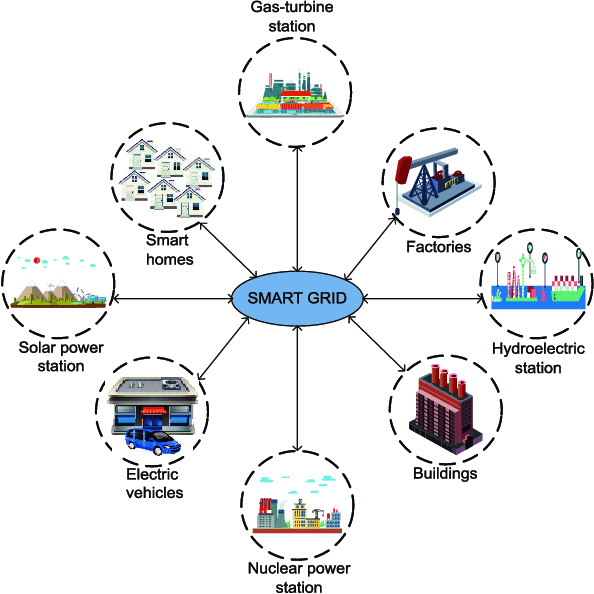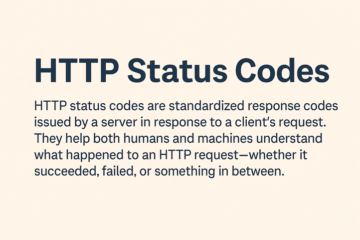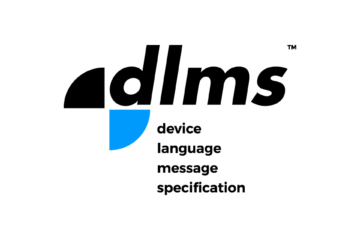There are so many protocols used in smart grid system and managing applications and we will discuss here about the different communication protocols in Smart Grid. The smart grid is continuously evolving day by day and the decision regarding the communication protocol for a Smart Grid Solution will be influenced by technical factors, regulatory mandates, and the policy guidelines specific to the country of implementation.

Here we will discuss about the latest communication protocols gaining traction in smart grid applications.
Latest Communication Protocols
- IPv6 (Internet Protocol Version 6): IPv6 is the next-generation internet protocol that addresses the limitations of IPv4 in terms of scalability and security. Smart grids are increasingly adopting IPv6 to support the growing number of connected devices and enhance network security.
- WirelessHART (Wireless Highway Addressable Remote Transducer): WirelessHART is a wireless mesh networking protocol designed for industrial applications. It offers long-range, low-power communication, making it suitable for connecting remote smart grid devices, such as sensors and actuators.
- CoAP (Constrained Application Protocol): CoAP is a lightweight application protocol optimized for constrained devices with limited resources, such as smart meters and sensors. It provides a simple and efficient way to exchange data between these devices.
- MQTT (Message Queuing Telemetry Transport): MQTT is a publish-subscribe messaging protocol that facilitates efficient communication between devices and central servers. It is well-suited for real-time data transmission in smart grid applications.
- LoRaWAN (Long Range Wide Area Network): LoRaWAN is a low-power, long-range wireless protocol that enables communication over extended distances. It is particularly useful for connecting remote smart grid devices in areas with limited or no cellular coverage.
- NB-IoT (Narrowband IoT): NB-IoT is a cellular-based low-power, wide-area networking technology that provides extended coverage and low-power consumption. It is being explored for smart grid applications where battery-powered devices need to transmit data over long distances.
- G3-PLC (G3 Power Line Communication): G3-PLC is a high-speed, reliable power line communication technology that utilizes the existing power grid infrastructure for data transmission. It is gaining traction in smart grid applications for its ability to reach remote areas and provide high-bandwidth communication.
- 5G (Fifth Generation Cellular Network): 5G promises ultra-low latency, high bandwidth, and massive connectivity, making it a transformative technology for smart grids. It can enable real-time communication between devices, support distributed energy resources integration, and enhance network security.
These latest communication protocols are shaping the future of smart grid communication, enabling more efficient, reliable, and secure operation of the smart grid infrastructure.
Here are some of the most commonly used communication protocols in smart grids over the years.
List of most commonly used communication protocols
- OSGP (Open Smart Grid Protocol): Open Smart Grid Protocol (OSGP) is a family of open communication protocols that facilitate the exchange of data and control messages between smart grid devices. These devices include smart meters, direct load control (DLC) modules, solar panels, and gateways. OSGP is designed to be a reliable, efficient, and secure communication protocol for the smart grid.
- MEP (Multipurpose Expansion Port): MEP is a versatile communication interface that provides a standardized way to connect and exchange data between various smart grid devices. It offers a range of applications in the smart grid ecosystem, enabling efficient data acquisition, device management, and control capabilities.
- DNP3 (Distributed Network Protocol): DNP3 is a widely used protocol for communication between supervisory control and data acquisition (SCADA) systems and field devices, such as smart meters and distributed energy resources (DERs). It is a robust and reliable protocol that can operate in harsh environments.
- Modbus: Modbus is a simple and versatile protocol that is commonly used for communication between industrial controllers and sensors. It is a popular choice for smart grid applications due to its ease of implementation and wide range of supported devices.
- Zigbee (IEEE 802.15.4): ZigBee is a low-power, wireless communication protocol that is well-suited for smart grid applications where low power consumption and long range are important. It is often used for communication between smart meters, smart appliances, and other low-power devices.
- OpenADR (Open Automated Demand Response): OpenADR is a standardized protocol for managing demand response programs in smart grids. It allows utilities to send automated demand response signals to smart appliances and other devices, enabling them to reduce their energy consumption during peak periods.
These communication protocols play a crucial role in enabling the smart grid to function effectively. They provide the means for collecting data from smart meters and other devices, controlling grid operations, and managing demand response programs.
Thanks for reading. I hope this will contribute to your learning journey. Cheers!!
To know more about the author, please visit his LinkedIn profile.
Go to home page for more information regarding communication protocols and other detailed blog on the future of the data center.



0 Comments